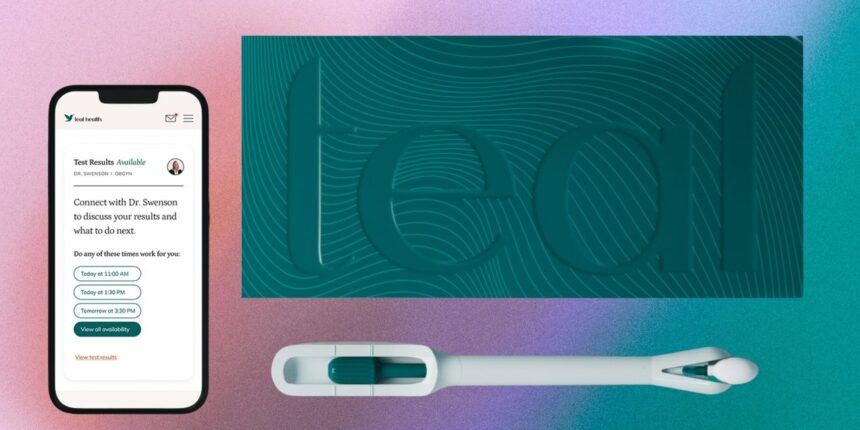The thing is, HPV testing has classically been done via a speculum exam, so the shift away from Paps and toward HPV tests hasn’t meant much in practice…yet. But with an option like Teal on the table, many could potentially skip the in-office speculum screening altogether. The latest draft guidelines from the USPSTF even go so far as to recommend self-collected HPV tests, pointing to their equivalent efficacy to clinician-collected ones and ability to make screening easier.
Teal used the ACS guidelines in its testing, so it’ll be available for people ages 25 to 65. What does that mean if you’re in your early 20s? The ACS actually suggests no testing under age 25; people in this demo commonly get HPV and clear the infection on their own, so the risk of developing cervical cancer at this age is low, and detecting the virus wouldn’t offer much actionable intel. Meaning, your doctor might not suggest any screening until age 25. The USPSTF, however, recommends people ages 21 to 29 get a Pap smear every three years to look for evidence of cell changes (which might be a better indicator of precancer or cancer than merely having the virus at this age). So, there’s a chance your doctor may still suggest you get a routine Pap starting at 21; and then at 25, you could technically switch to this at-home HPV test, so it’s something to discuss with your provider if you’re interested.
Folks who are at higher-than-average risk for cervical cancer—for instance, those who are immunocompromised or have a history of treatment for precancerous spots—also shouldn’t bypass a Pap or in-office HPV test for Teal. (And people in this camp also generally need to screen more often than the suggestions above indicate.) You can think of Teal as comparable to Cologuard, an at-home screening test for colon cancer, Egan says: “Anyone who falls in the typical or average testing flow can use it.”
But just because you might be able to handle cervical cancer screening from home doesn’t mean you should fully stop seeing your ob-gyn—after all, the Pap smear or HPV test is just one part of gynecological care. A pelvic exam (involving, yes, a visual look at your cervix by way of a speculum, as well as pressing on your pelvis externally) can also help detect vaginal, vulvar, uterine, ovarian, and fallopian tube cancers, Christie Cobb, MD, a board-certified ob-gyn in Little Rock, Arkansas, who is not affiliated with Teal Health, points out. So while Teal’s at-home test may replace your in-office cervical cancer screening, it’s not a one-for-one substitute for routine preventive care visits, she says.
How does the Teal Health at-home cervical cancer screening work?
Getting screened with Teal involves using a self-collection device and connecting with either a nurse practitioner or ob-gyn via the brand’s telehealth platform. You’ll head to the Teal site, request to get started, and then will get synced with a provider who will prescribe the wand, explain how it works, and order the lab test, Egan explains.
Read the full article here



